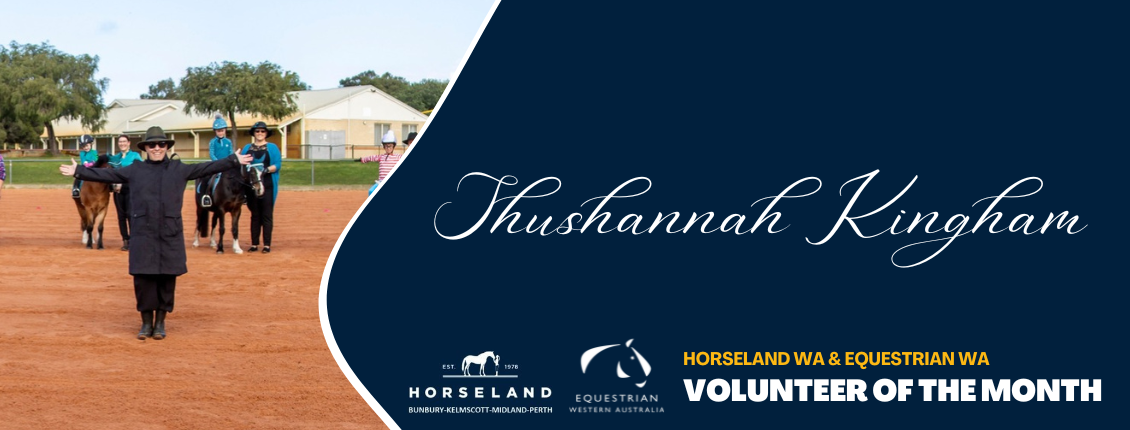
Rider Weight - EWA Update
When it comes to our horse’s welfare, it’s often a case of “when we know better, we need to do better.”
What was acceptable and normal in the past, can be shown in our modern times to not be best practice, or worse, have been detrimental to our horses.
The massive rise in rider education on correct saddle fit and bit fit are just two examples of where research and science have increased our knowledge and led to better welfare outcomes for our ridden horses.
As a sport, and as an organisation, we need to also bear in mind the importance of retaining our social licence to operate. That means, we need the support of the general public if we wish our sport to continue and not be attacked by protests and potential bans.
There is a conversation now growing around the topic of the rider’s weight in comparison to their mount, and what is an ethical ratio.
The research has begun in this area, and many good papers are being produced, particularly out of the UK via the Saddle Research Trust.
Many of us have seen combinations out at a competition that even to the casual observer, just don’t look harmonious. This can happen in all our horse sports and is not restricted to the Olympic disciplines.
And it’s not just the bigger women, it’s also the larger men on the lightweight or smaller horses that make you wonder- is that rider putting their horses welfare first?
Having conversations about a rider’s weight is a difficult topic, but this conversation is not just related to riders who are overweight.
It may simply be a mismatch of size, for example, a very light TB with a tall, and well-built man may present a poor picture even if the rider is extremely fit and within a healthy body weight range.
As horse owners and riders, it is our responsibility to ensure that the activities we ask of our horses do not cause discomfort and potentially lasting, permanent damage.
We must remember that horses are an animal of prey and hiding their pain and discomfort is a survival tactic. It’s up to us to make the right and best choices for the horses in our care.
Below are some links to some easily understandable research on this topic, with some basic guidelines for all riders to consider when it comes to their own weight in relation to their horse’s size.
https://good-horse.com/health-management/am-i-too-big-for-my-horse/
https://good-horse.com/health-management/rider-weight-debate-can-latest-research-tell-us/
Riders should also click this link to use the simple calculator tool and find out if your weight is within your horse’s recommended weight zone or not.
https://good-horse.com/tools/calculator-horses-can-carry-comfortably/
It can be a difficult thing to think about, and an even more difficult conversation to have as a coach with your students, or as a judge to leave remarks on a test sheet when the rider weight to horse size ratio is off.
However, in the interest of always putting the horse’s welfare first, it is a conversation we must have.










